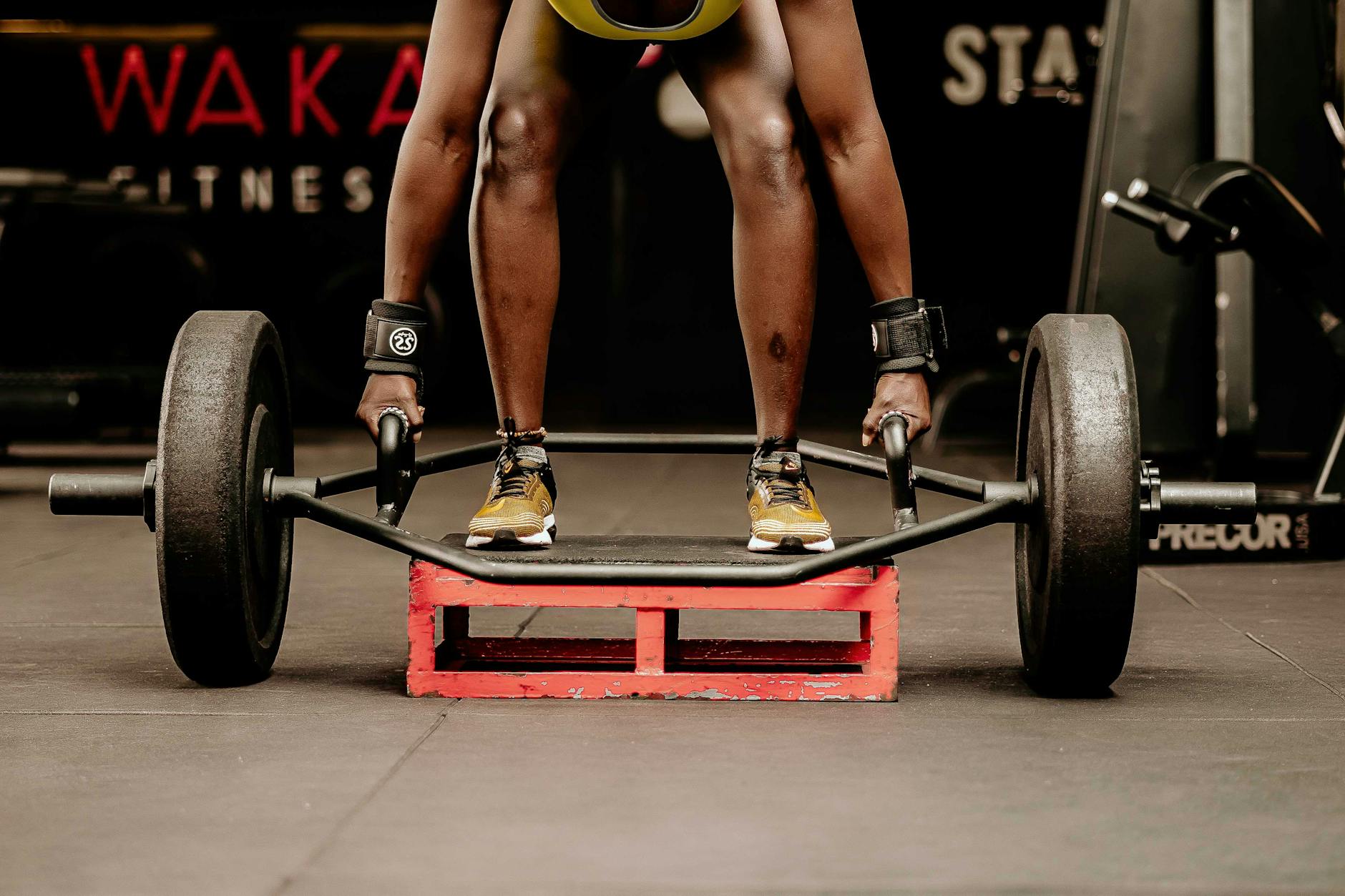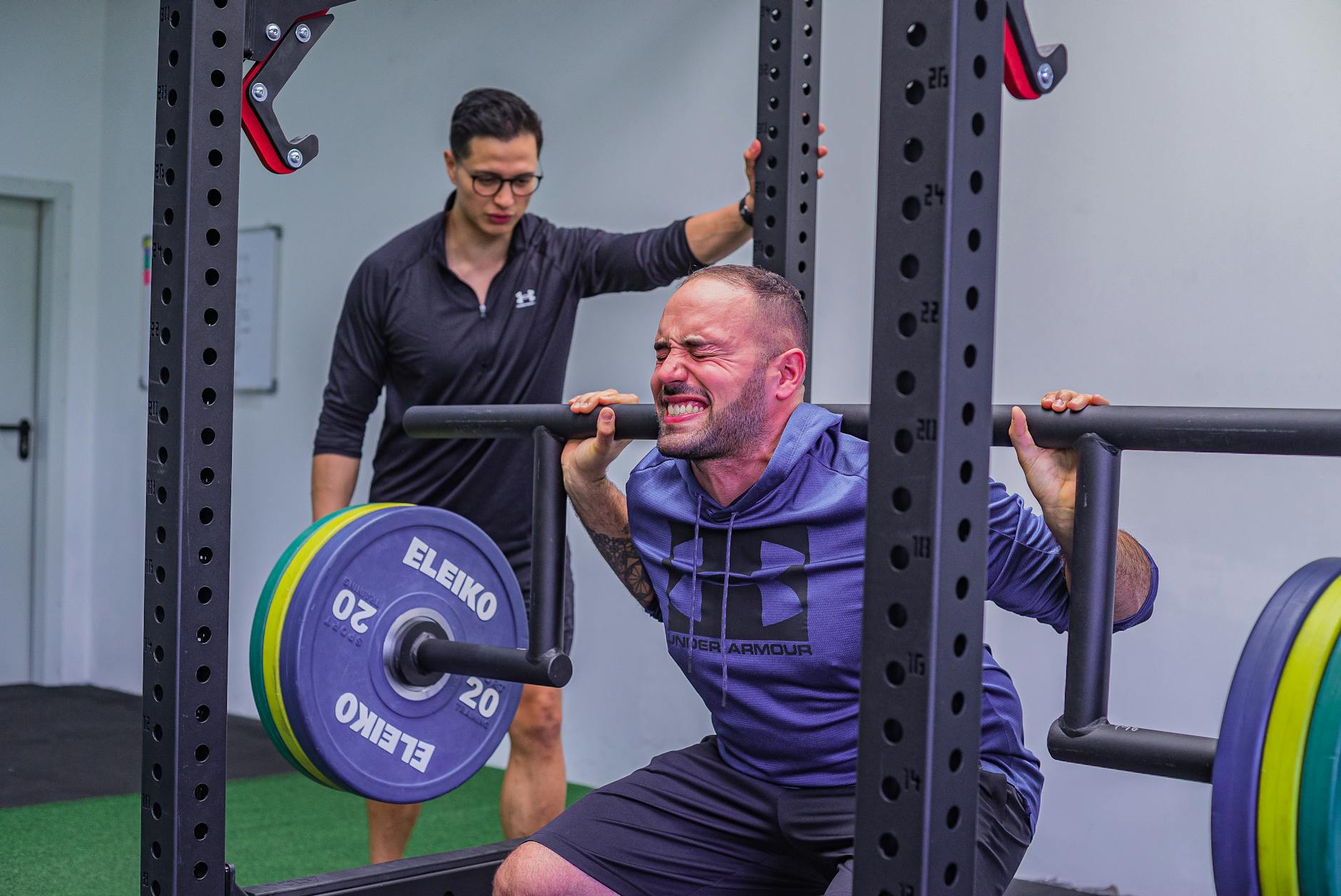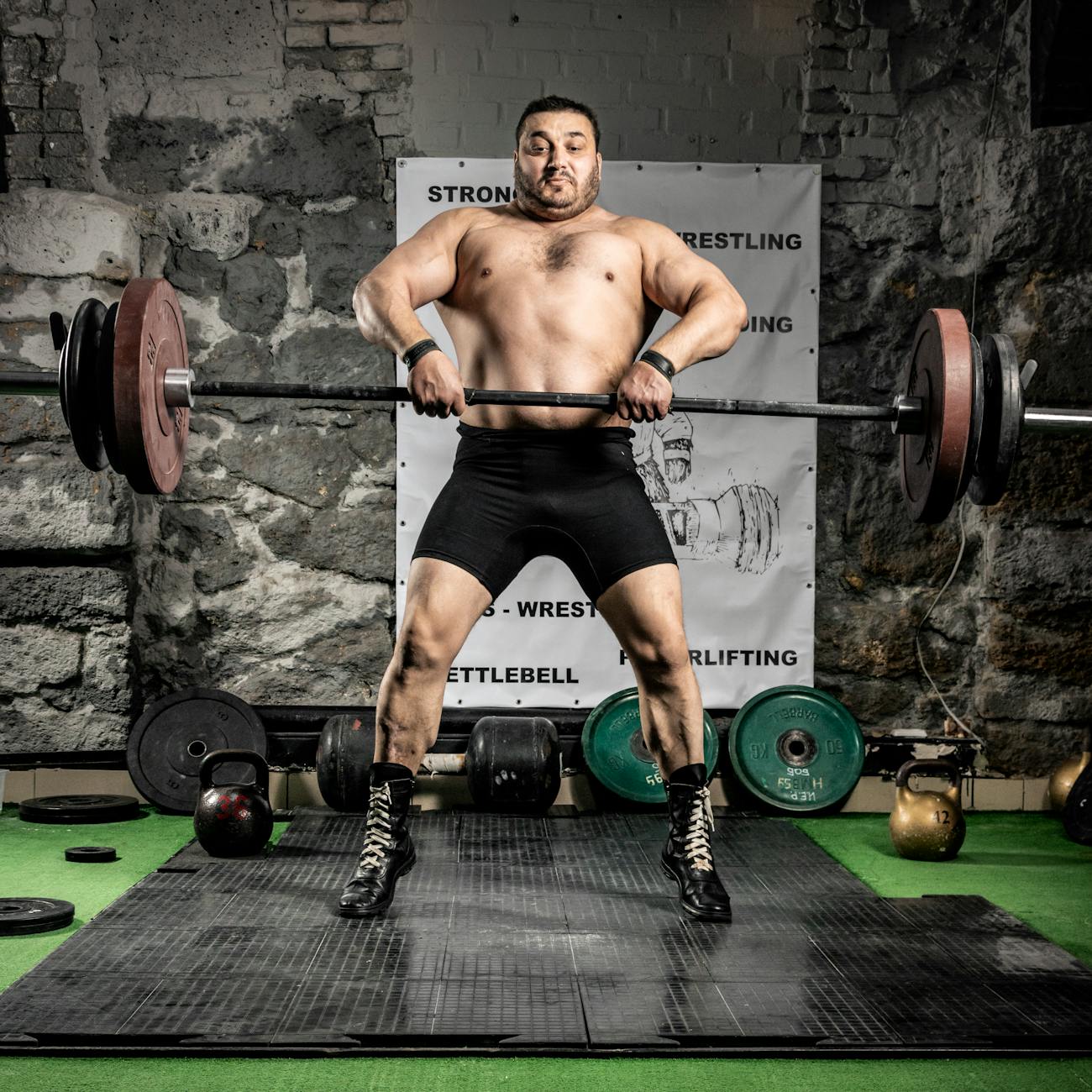Read more here:https://amzn.to/3T3aUqh
(We are an Amazon Affiliate)
Squats vs Deadlifts Showdown
When it comes to strength training, the showdown between squats and deadlifts is a never-ending debate. Both exercises are essential components of any fitness routine, but which one reigns supreme? Whether you’re a fitness enthusiast, health-conscious individual, or weightlifter, understanding the benefits and mechanics of these compound exercises can transform your workout routine.
In this post, we’ll explore the case for squats, the advantages of deadlifts, a head-to-head comparison, expert opinions, personal stories, and, ultimately, reveal the verdict. Prepare to deepen your understanding and optimize your fitness routine.

The Importance of Compound Exercises
Compound exercises, like squats and deadlifts, involve multiple joints and muscle groups. They are the foundation of any effective workout program, offering efficiency and maximum muscle engagement. According to Dr. Brad Schoenfeld, “Compound lifts like squats and deadlifts are the cornerstone of a well-rounded fitness routine, targeting multiple muscle groups simultaneously.”
These exercises not only build strength but also improve coordination, balance, and overall athletic performance. Now, let’s take a closer look at each exercise and what they bring to the table.
OLYMPIC WEIGHTS HERE:https://amzn.to/4fZFACE
The Case for Squats
Benefits of Squats for Lower Body Strength and Muscle Mass
Squats are renowned for their ability to build lower body strength and muscle mass. This exercise primarily targets the quadriceps, glutes, and hamstrings. Additionally, squats engage the core, enhancing stability and balance. Fitness trainers often praise squats for promoting functional strength and endurance, translating into better performance in everyday activities.
Variations of Squats and Their Specific Benefits
There are several squat variations, each offering unique benefits:
- Back Squat: The traditional squat that emphasizes overall strength and muscle growth.
- Front Squat: Focuses more on the quadriceps and core stabilization.
- Goblet Squat: Ideal for beginners, promoting proper form and technique.
- Bulgarian Split Squat: Enhances balance and unilateral leg strength.
Incorporating these variations into your routine can prevent plateaus and ensure continuous muscle stimulation.
Common Mistakes to Avoid When Performing Squats
Squatting incorrectly can lead to injuries and hinder progress. Common mistakes include:
- Improper Depth: Not squatting deep enough to engage the full range of muscles.
- Knee Alignment: Allowing the knees to cave inward, increasing injury risk.
- Back Position: Arching or rounding the back, which can strain the spine.
To reap the full benefits, focus on proper form and gradually increase the weight.
The Case for Deadlifts
Benefits of Deadlifts for Overall Body Strength and Muscle Development
Deadlifts are unparalleled in their ability to develop overall body strength. This exercise targets the posterior chain, including the glutes, hamstrings, lower back, and traps. Deadlifts also enhance grip strength and core stability. Powerlifting coach Bret Contreras states, “While both squats and deadlifts are invaluable, your choice should align with your specific training goals and individual biomechanics.”
Variations of Deadlifts and Their Specific Benefits
Deadlifts come in various forms, each with distinct advantages:
- Conventional Deadlift: The standard version that targets the entire posterior chain.
- Sumo Deadlift: Reduces stress on the lower back while emphasizing the inner thighs and glutes.
- Romanian Deadlift: Focuses on hamstring and glute development with minimal knee flexion.
- Trap Bar Deadlift: Combines benefits of squats and deadlifts, reducing spine stress.
Experimenting with these variations can help you find the best fit for your body and goals.
Common Mistakes to Avoid When Performing Deadlifts
Proper form is crucial when deadlifting to prevent injuries. Avoid these common errors:
- Rounded Back: Maintaining a neutral spine is essential to avoid lower back strain.
- Excessive Knee Bend: Deadlifts should hinge primarily from the hips, not the knees.
- Inadequate Warm-Up: Skipping warm-ups can lead to muscle strains and poor performance.
Prioritize form and technique over lifting heavy weights to ensure safety and effectiveness.
Comparing Squats vs Deadlifts
Muscle Groups Targeted by Each Exercise
Both squats and deadlifts are compound exercises that engage multiple muscle groups:
- Squats primarily target the quadriceps, glutes, hamstrings, and core.
- Deadlifts focus on the posterior chain, including the glutes, hamstrings, lower back, traps, and forearms.
Understanding the muscle groups each exercise targets can help tailor your workout to specific goals.
Which Exercise is Better for Specific Fitness Goals?
Determining which exercise is better depends on your fitness goals:
- Building Muscle: Both exercises are effective, but squats may have a slight edge due to their ability to engage the quadriceps more intensively.
- Fat Loss: Incorporating both exercises into a high-intensity interval training (HIIT) routine can maximize fat loss.
- Overall Strength: Deadlifts are often considered superior for building overall body strength, especially in the posterior chain.
Ultimately, incorporating both exercises can provide a balanced approach to achieving various fitness goals.

Expert Opinions and Personal Stories
Insights from Fitness Trainers and Experts
Experts offer valuable insights into the benefits of squats and deadlifts:
- Louis Simmons emphasizes training variation, stating, “To maximize gains, it’s crucial to cycle through different squat and deadlift variations, ensuring continuous muscle stimulation and preventing plateaus.”
- Matt Wenning highlights the importance of safety, saying, “Form and technique are non-negotiable. Proper execution of squats and deadlifts is not only about strength but also about preserving longevity in lifting.”
Real-Life Transformations and Experiences
Personal stories illustrate the impact of these exercises:
- Emily, a 25-year-old, significantly improved her lower body strength and endurance by incorporating squats into her routine. She documented her progress on social media, sharing tips on proper form and gradual weight increase.
- John, a powerlifter, achieved a 20% increase in his deadlift one-rep max over six months. His consistent training and focus on technique not only boosted his strength but also improved his posture and grip strength.
These stories demonstrate the tangible benefits of squats and deadlifts in real-life scenarios.
Case Study by Dr. Brad Schoenfeld
A case study conducted by Dr. Brad Schoenfeld compared muscle activation between squats and deadlifts in trained individuals. The study found significant activation in the gluteus maximus and quadriceps for both exercises, with squats showing higher activation in the vastus medialis and deadlifts in the biceps femoris. This research underscores the complementary nature of these exercises in a well-rounded fitness routine.
The Verdict
Summary of Key Points from the Comparison of Squats vs. Deadlifts
Both squats and deadlifts offer unique benefits and target different muscle groups. Squats excel in building lower body strength and muscle mass, while deadlifts are superior for overall body strength and posterior chain development.
Suggestions on How to Incorporate Both Exercises
To maximize benefits, incorporate both squats and deadlifts into your workout routine. This balanced approach ensures comprehensive muscle engagement, reduces the risk of plateaus, and aligns with various fitness goals.
Final Thoughts on the Debate
Ultimately, the squats vs. deadlifts debate isn’t about choosing one over the other. Both exercises are invaluable for building strength, muscle mass, and overall fitness. Understanding your individual goals and incorporating both exercises can lead to a well-rounded and effective workout routine.
Check here for more equipment:https://amzn.to/4dXuP1C

